Pachuco City
Urban jewel set in the Garden of Ejidum
After a week of hard travel on the muddy jungle path from Farport the dense foliage thinned and the tangled uneven ground flattened into a gentle plain. Cultivated fields of maize stretched around us in every direction. Dozens of meandering rivulets snaked through the fields, and within these narrow river channels we saw marshy paddies sown with beans and corn. Farmers navigated tree bark canoes among the paddies and paddled from field to field. Watching them we realized that these canals were an irrigation system of human design and we marveled at the unexpected industry and efficiency of our Pachuco neighbors.
Demographics
The population of Pachuco City is divided between those who live inside the walls and those who live outside. Within the walls reside the gentry of Pachuco, those who control the land and collect rents from it. Among these urbanized citizens number the priests, artisans, and tradespeople that maintain the words and products of Pachuco culture.
Without the city walls reside both peasant serfs and independent yeoman of the basic working class of Pachuco. These people nearly all toil away at agricultural production, a vital occupation for an agrarian society with such a densely concentrated urban population.
Settlement
Pachuco City: Large CityOther Names: Paicho Ejidi
Location: Valley of Ejidum
Population: 50,000 (30,000 within the walls)
Inhabitant Demonym: Pachucese
Language: Pachucese
Government: Tribal Confederacy
Ruling Organization: Presidium of Solar Truth
Religion: Cult of Ormaz
Progress Level: 3-4 (early industrialization)
Geography
In the center of the marshy plain rising up from the flat lands we saw the red clay walls of Pachuco City. From our raised vantage point we caught a glimpse over the wall at the sandstone buildings inside. The canals outside the city walls branched from four wide rivers that converged in the middle of the city from the four cardinal points. Fishing boats, farming canoes, and trade barges floated to and from the city in a constant ballet of motion. Some headed eastward for the sea coast; others southward to Lake Gendron and the lands of Tabazan. Still others were bound westward for the Rift Mountains and beyond that the Deeps of the Forbidden Zone.
Pachuco and Surroundings
Pachuco City is built in the Valley of Ejidum, a sub sea-level plain south east of Barrier Lake. Prior to the construction of the city, the site of Pachuco was occupied by little more than small lakes and marshland. Seeking to claim this land for agricultural development, the disparate peoples of the Pachuco region constructed a series of river dams in the highlands of Barrier Lake. These dams stayed the flow of Ejidum's feeder rivers and drained the lakes and marshes of Ejidum rendering it suitable for growing.
Institutions
Government
Pachuco City is the administrative heart of the Pachuco state, a confederacy of tribes that share the trappings of Pachuco cultural identity through a joined heritage of common religious and linguistic characteristics. A great sandstone palace known as the Panoptic Hall of Cauldrons serves as the assembly house for the Pachuco governing council: the Presidium of Solar Truth.
The Pachuco Confederacy is an oligarchy of ruling tribal houses called “clans." These clans are composed of the significant land-owning factions in the realms of Pachuco. The clans exercise voting power within the ruling council based upon the relative extent of their geographic domains.
Every seven years the clan oligarchs conduct a council vote to determine leadership of the Presidium. The clan that sways the most council votes nominates a council leader to assume the title “Malik of the Septal Cauldrons" who wields executive authority over the policies and initiatives of the confederacy. The Malik's powers are not dictatorial. All members of the Presidium are law-bound.
Law
Matters of law are dealt with by a class of judges appointed by the High Priest of Ormaz and his conclave of Sun Shamans. These priest-judges, known as Guardsmen of the Primordial Fraternity, interpret legal cases according to the precepts laid down in the Code of Ormaz. This legal code originates from the time of Skybreak when a tribe of celestial Visitors are said to have descended from the Seat of the Sun to deliver the holy law of the sun god Ormaz.
Any changes that have been made to the holy law have been divined through the sacred oracles of the Prophetic Covenant of the Primordial Brotherhood, which maintains an oracle temple in Azoturia, the City of Seers. In this way the priest class of Pachuco wields great power.
Culture
I've given up all hopes of ever returning to Noirlan. Most of the colonists have moved on. The ones that stay don't need leadership. They need to realize their freedom. This is the kind of freedom that folks back home only talk about. The Zoners live it. They come and go as they please. There's no soldiers or police compelling this or that. A man can walk into the jungle and simply live. This is the kind of life I never knew I wanted…
Values
The Pachucese value self-reliance and hold great respect for those who demonstrate independent thought. Slavery of any kind is not tolerated in the lands of Pachuco and this has been a cause for conflict between Pachuco and Tabazan, a neighboring slave state.
The Pachuco nation is an inheritor culture arising from the remnants of the fallen Orad Empire. The Ornish were a war-like people with a strong dedication to their ancient warrior ethos. The Pachucese retain elements of this ethos (valuing honour, strength, and courage) though the Ornish warrior ideal has become an increasingly irrelevant idiosyncrasy in contemporary Pachuco life.
Customs
The strident desire for independence in Pachucese society affects gender relations in notable ways. Marriage is not compelled in any class stratum. Men and women are free to select their mates and spouses and spousal abuse is not tolerated in Pachuco homes.
As a chiefly agrarian society, Pachuco conducts a variety of rites and festivals related to the growing year. Their annual calendar, known as the wheel of fear, organizes the stages of the Pachuco maize harvest into the psychodrama of the Ormaz solar cult, the Pachuco state religion.
Cult of Ormaz
Like other Zoner cultures, the Pachucese are basically sun worshippers. Their solar cult differs from the others in their personification of the solar deity as "Ormaz" rather than "Mazta." This distinction is largely a matter of linguistics--the Pachucese language derives from the Ornish tongue of the old Orad Empire, whereas the Pimaca language of the Two Sun Clan is derived from the language of the old Urzen Empire--but there are a few salient differences as well. For example, the Pachucese believe that the Thunderbird is a divine emanation of the sun god himself ("the emissary"), whereas the Mazta orthodoxy regards the Thunderbird as a mere servant of the sun. Unlike the Mazta orthodoxy, Ormaz theology also emphasizes the heroic nature of the sun god and eschews the moral ambiguity that is so central to orthodox worship.
Defences
Fortifications
The architectural landscape of Pachuco City is dominated by the 30' tall walls of clay-packed stone that ring the entire urban settlement. The wall is topped with a covered gallery with built-in barracks and additional fortifications for the use of city defenders. Among these fortifications are stone throwing onagers, scorpion ballista bolt throwers, murder holes, and descending channels and grates through which defenders can pour boiling oil or scalding water on top of advancing attackers.
The wall has three land gates and four river gates. The land gates consist of two iron portcullises and are flanked by defensive towers armed with scorpion ballistas. Each river gate, located at every cardinal direction, consists of a single iron portcullis. These rivers and the network of man made irrigation canals carved into the surrounding landscape of Pachuco City disrupt any direct attempt to approach the city walls and serve as natural barriers against enemy attackers.
Armed Forces
The Presidium commands a standing army of 1000 troops within Pachuco City. These soldiers, known as Hawk Warriors, comprise the nucleus of the Pachuco military. Hawk Warriors enter battle armed with spears and shields and wearing eagle motifs blessed by the high priest of Ormaz, who christens them Sons of Thunder.
When necessary, the various tribal units of the Pachuco Confederacy may levy additional soldiers for mutual defence. The strength of these muster forces number at 8,000 soldiers.
Industry & Trade
Trade
Pachuco rose to prominence after the establishment of the Merikan settlement of Farport. After a brief period of hostility, the Pachucese made peace with their Merikan neighbors and began operating as the conduit of maritime trade for the entire Zone. Since the closing of the Silent Sea and the end of sea trade with the Merikan Union, the Pachucese have had to adapt to changing fortunes.
The loss of the Farport trade route has allowed the tribes of Silver Lake to usurp Pachuco's role as a regional trade hub. In response, the Pachucese have leveraged their trade wealth into more direct means of military and political influence and established Pachucese dominance at the edge of the Forbidden Zone. The Vril Invasion has put this hegemonic position in doubt, however.
Agriculture
The principal food staple of the Pachucese is maize, a cereal grain which is used for a variety of common meals. Maize corn makes up a substantial part of the Pachuco diet and is grown throughout the confederacy. The maize fields of Pachuco City are planted in the fertile plots of irrigated artificial islands that stretch for miles throughout the Valley of Ejidum.
Coal
The discovery of coal deposits in the foothills of the Silver Clan Territory has led to a spurt of Pachucese industrialization. Knowledge of Precursor lore has given Pachuco word-keepers the insight to experiment with these coal resources in the manufacture of furnaces and steam tanks, which are now being used in labour-saving applications such as corn milling.
Alchemy
The introduction of coal-fired furnaces in Pachuco industry has coincided with the rise of a mysterious new technology known as alchemy. Practiced in secret by Alakai of Texidium, a veteran Warden of the Chimalli, these alchemical techniques have produced miraculous potions and tinctures for sale in Pachuco markets.
Money and Markets
Coinage
The currency of Pachuco is decimilized and uses a stamped coinage issued by the treasuries of the Solar Presidium. The standard coin of common commerce is the 2 oz. silver talon. Ten bronze kestrels make a talon and ten copper quills make a kestrel.
Markets
There are many markets in Pachuco City, which still functions as a trade hub for vendors and buyers seeking goods from the Deep Zone. Alakai of Texidium keeps a permanent alchemy shop in the city's east side where he sells to select customers.
Alchemical Compounds
Conceal Scent ~ 25 talons
Cure Wounds ~ 50 talons
Alchemist's Fire ~ 25 talons
Flash Powder ~ 50 talons
Pellet Grenade ~ 50 talons
Bull's Strength ~ 300 talons
Cure Wounds ~ 50 talons
Alchemist's Fire ~ 25 talons
Flash Powder ~ 50 talons
Pellet Grenade ~ 50 talons
Bull's Strength ~ 300 talons
Prepared for Fullbeard Ashbrand
C/O Anzar Cerdan
C/O Anzar Cerdan
Infrastructure
Architecture
Basic residences within the city include modest clay adobe huts, suitable for trade labourers such as tool makers or builders. Such working people are bonded to the service of wealthy landowners who contract workers with specialized skills and permit them to rent and occupy residences within their designated clan-controlled tenements.
The wealthiest denizens of Pachuco City live in upscale sandstone townhouses subdivided into two- and three-story slab-tier apartments. The most luxurious of these apartments employ entire retinues of household servants including house priests who deliver solar sacraments within home chapels devoted to household gods.
Irrigation
The corn fields surrounding Pachuco City are composed of rows and columns of artificial islands. These man-made islands are set upon foundations of woven reeds and timbers that maintain the stability of the fertile earth piled on top. Pachuco farmers navigate between these floating fields on narrow canals.
Transportation
Canals persist both inside and outside the city walls and are lined with jetties and small wharves. Traffic on these water courses is closely regulated which makes travel by passenger barge the fastest way to move across town, though such transportation is a luxury afforded to only the most wealthy and influential citizens. A traveler seeking passage can expect to pay at least 2 silver talons for the privilege.
Public Works
Most of the larger structures are equipped with rooftop rain collectors and some of these close to the city walls even draw rain water from the wall gallery roofs. There is also an abundance of freshwater wells in the poorer tenements of the city as well as rain-fed cisterns.
Pachuco City uses granaries to keep stores of beans and squash as well as corn cribs for keeping the surplus corn of the harvest away from vermin. These structures are carefully covered with reed roofs to keep the rain off and maintain dryness even during the monsoon season.
History
The ancestors of Clan Pachuco were a disunited mob of Ornish-speaking tribes without a common government or nation. Descended from survivors of the fall of the Orad Empire, the Ornish peoples used advanced technical knowledge to build the dams of Silver Lake and drain the Valley of Ejidum, where they eventually settled in 477 PCE.
When Merikan settlers began to explore the Silent Sea coast around 690 PCE, the tribes of Ejidum, now known as the Pachuco tribes, went to war to defend the jungles of Pachuco and Outramar. This conflict lasted until 704 PCE when the Pachucese collectively negotiated a peace settlement with Noirlan's Crescent Council.
In 777 PCE the tribes of Pachuco convened a ruling Presidium, formed the Pachuco Confederacy, and founded their capital in the homelands of Ejidum. After concluding a trade agreement with the merchants of Noirlan, Pachuco City rose to prominence as the leading trade interest in the Forbidden Zone.
Guilds and Factions
Presidium of Solar Truth
Founders of Ormaz theology as well as the Pachuco Confederacy, the Presidium unites the tribal houses of Pachuco.
Primordial Fraternity
Brotherhood of the Ormaz high priesthood, these clerics perform sacraments and dispense the laws of Pachuco.
Hermetic Society of the Illuminated Treasure
This secret society is charged with safeguarding Pachuco City's cache of Orad relics.
Guardians of the jungle frontiers, the wardens guard Pachuco's borders and enforce law throughout the Pachuca.
Type
Large city
Population
30, 000 inside the walls 20, 000 outside
Inhabitant Demonym
Pachucese
Location under
Owning Organization
Presidium of Solar Truth

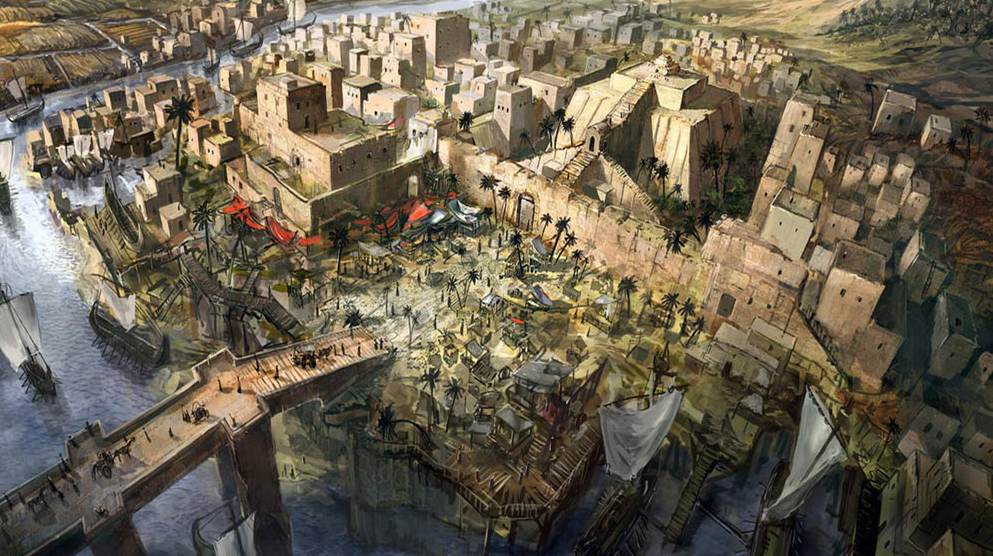
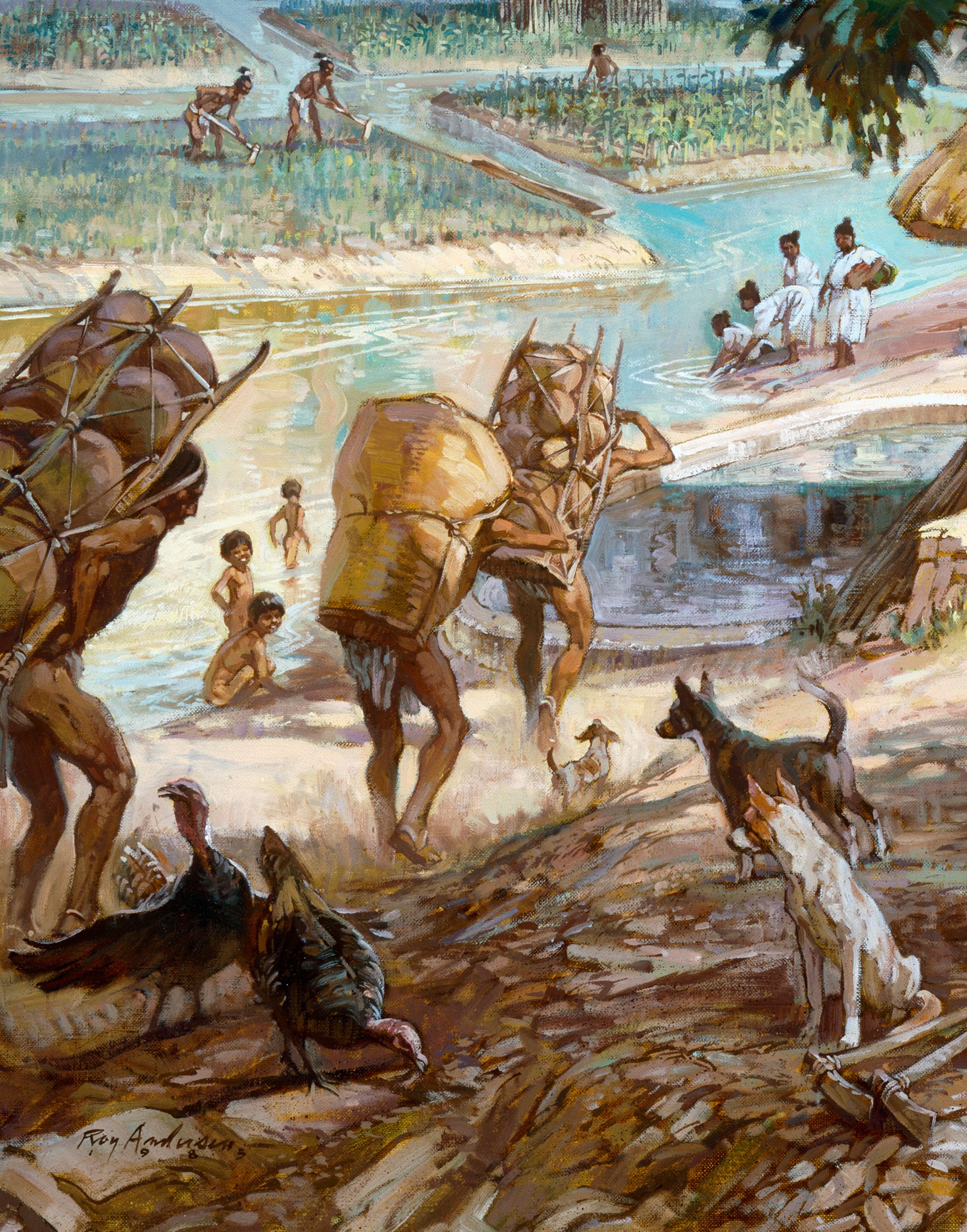
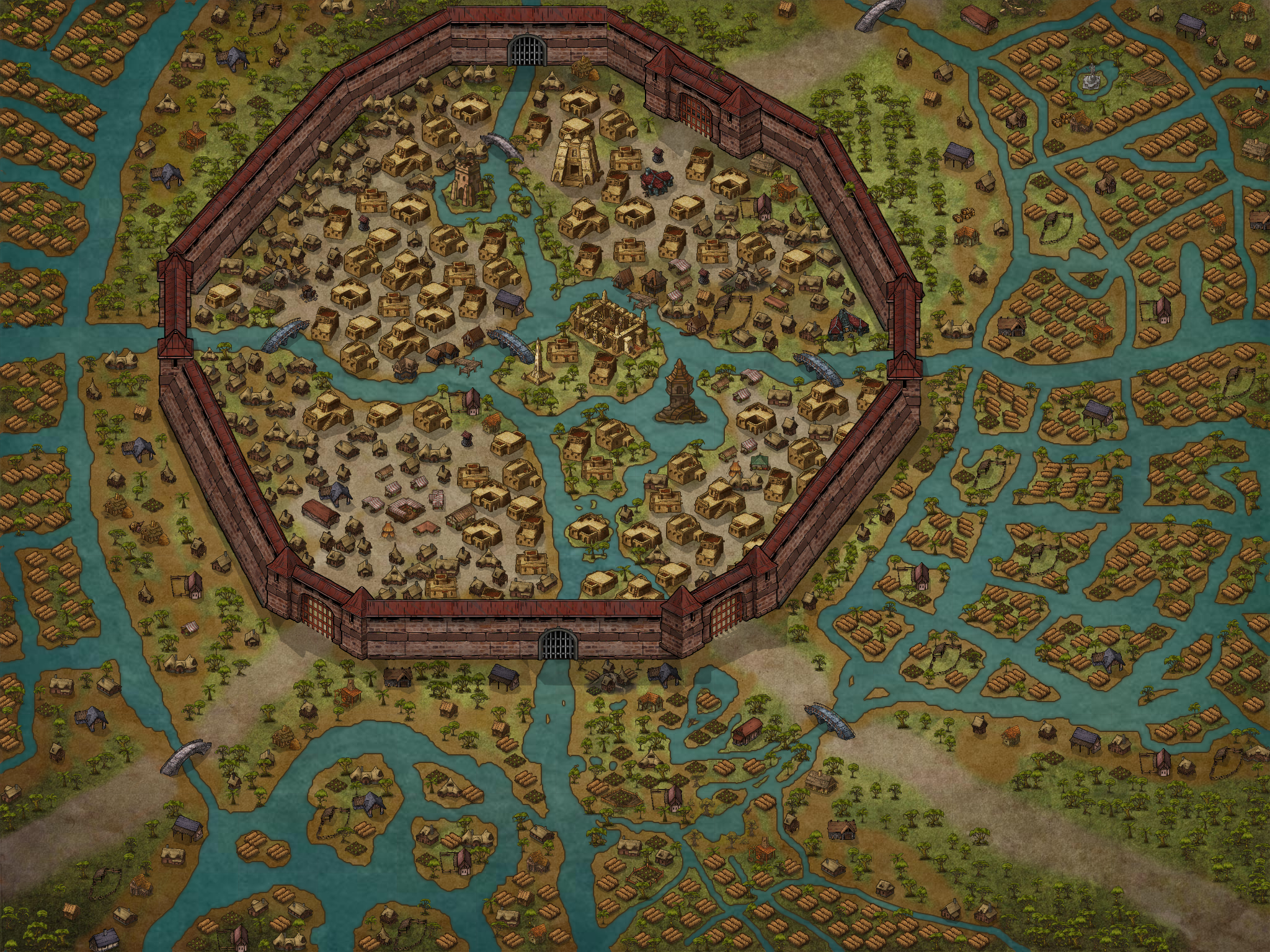
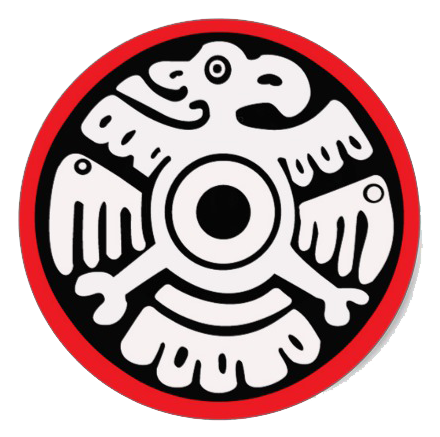
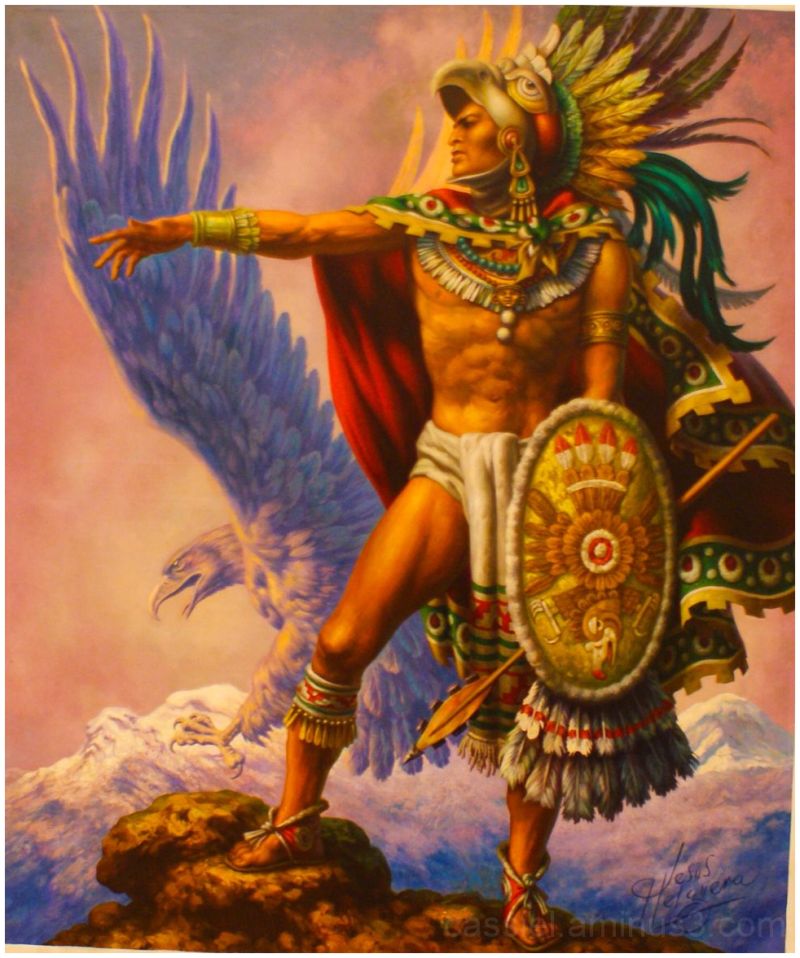
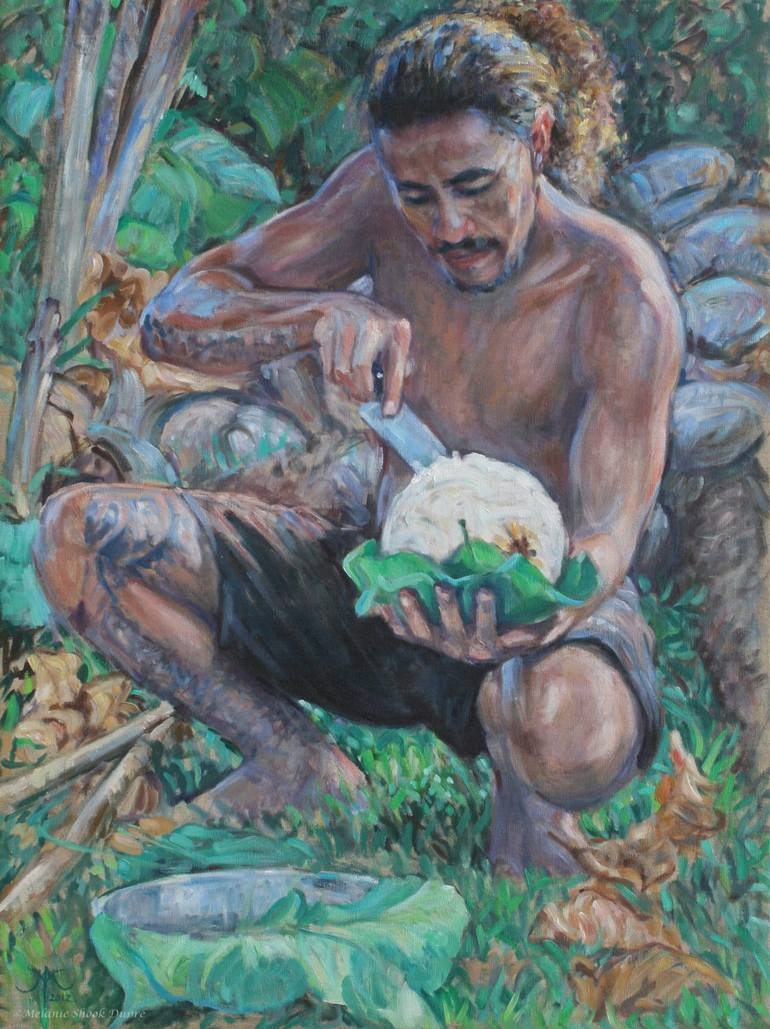
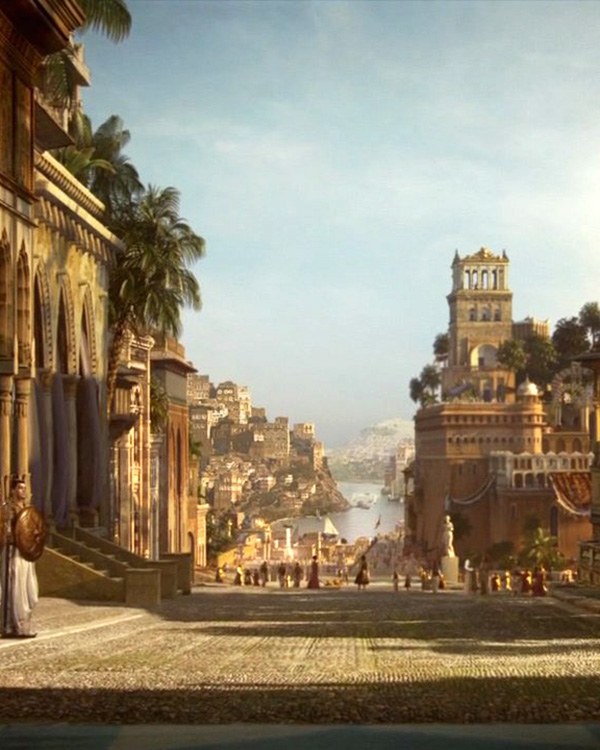
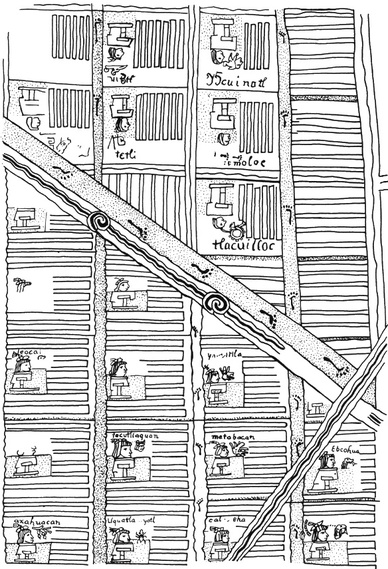
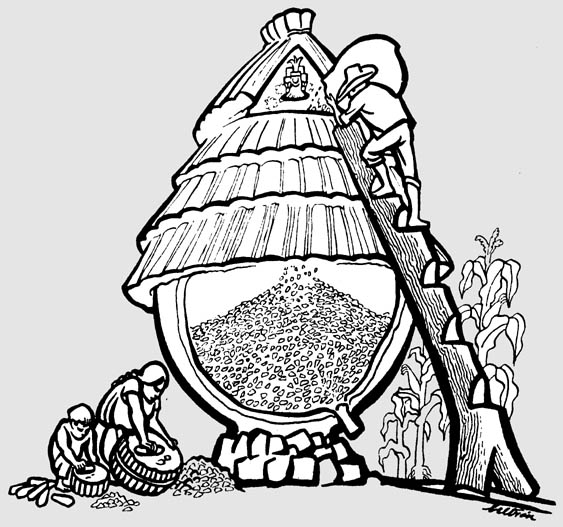
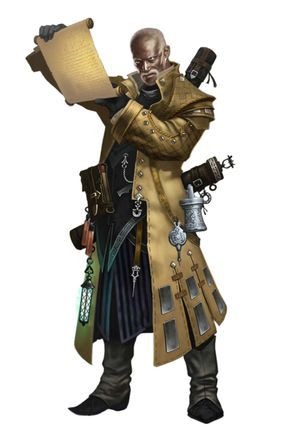

Comments
Author's Notes
This article is my first effort to work without a sidebar. The CSS formatting I used to create my own text blocks does not look very good at all on a mobile device. I need to find a way to make the CSS float property inactive on mobile screens.